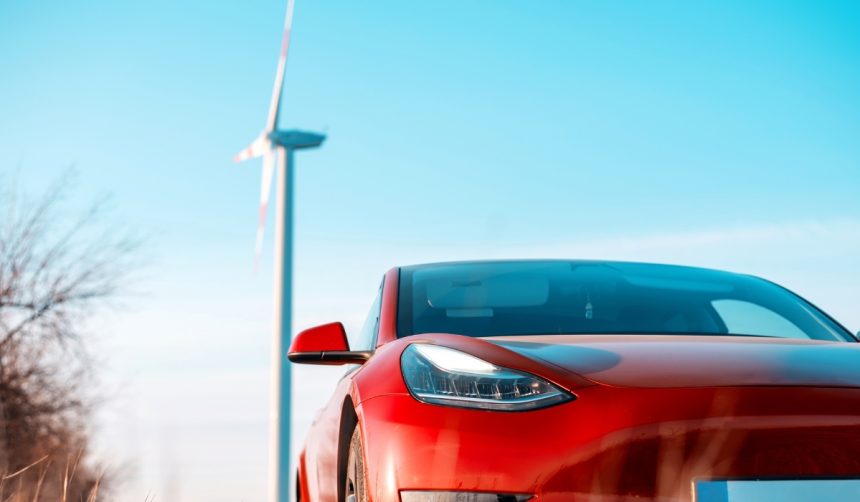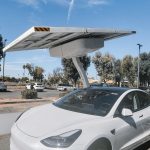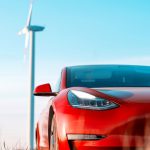Tesla is advancing its autonomous vehicle lineup with the Cybercab, the company’s inaugural model designed exclusively for self-driving capabilities. Set to begin mass production in 2026, the two-seater Cybercab promises a blend of spaciousness and cutting-edge technology. The ongoing development indicates Tesla’s commitment to expanding its presence in the autonomous driving sector, aiming to meet growing market demands.
Recent observations at Tesla’s Giga Texas facility suggest steady progress in the Cybercab’s development. Enthusiasts and industry watchers have noted an increase in testing activities, reflecting Tesla’s strategic moves to refine the vehicle’s autonomous systems. This momentum aligns with previous reports highlighting Tesla’s focus on scalability and efficiency in its production processes.
What Are Tesla’s Production Goals for the Cybercab?
Tesla CEO Elon Musk revealed during the Q1 2025 All-Hands meeting that the Cybercab is expected to become the company’s highest volume vehicle.
“We aim to produce around 2 million Cybercabs annually, utilizing a high-speed production line similar to consumer electronics manufacturing,”
Musk stated. This approach leverages Tesla’s unboxed manufacturing process, designed to streamline production and facilitate easier assembly of the Cybercab across multiple facilities once scaling is complete.
How Has Cybercab Testing Changed Recently?
The Cybercab has undergone significant testing at the Giga Texas complex, with recent reports indicating a shift in testing methodologies. Initially, Cybercabs were accompanied by manually driven Model 3 chase cars to ensure safety amidst the complex environment. However, according to drone operator Joe Tegtmeyer, Tesla has recently ceased using chase cars, suggesting improvements in the Cybercab’s autonomous navigation capabilities.
Why Are Cybercabs Featuring More Aggressive Tints?
Another notable change is the introduction of more aggressive window tints on the Cybercabs. These enhanced tints obscure the vehicle’s interior, raising questions about their purpose. While the exact reasons remain speculative, it is possible that the tints are intended to improve privacy or reduce glare, contributing to the vehicle’s autonomous functionality. Earlier models had semi-dark tints and even featured apparent steering wheels, indicating ongoing design optimizations.
As Tesla moves closer to the Cybercab’s production phase, the company continues to refine its autonomous driving systems and manufacturing processes. The elimination of chase cars and the adoption of advanced tinting are indicative of Tesla’s efforts to enhance the vehicle’s functionality and aesthetic appeal. These developments position the Cybercab as a significant player in the autonomous vehicle market, potentially setting new standards for production efficiency and technological integration.
The Cybercab represents a pivotal step for Tesla in expanding its autonomous vehicle offerings. By focusing on high-volume production and advanced testing methods, Tesla aims to establish the Cybercab as a reliable and scalable solution for autonomous transportation needs. The ongoing enhancements and strategic production plans are expected to play a crucial role in Tesla’s future growth and market competitiveness.










